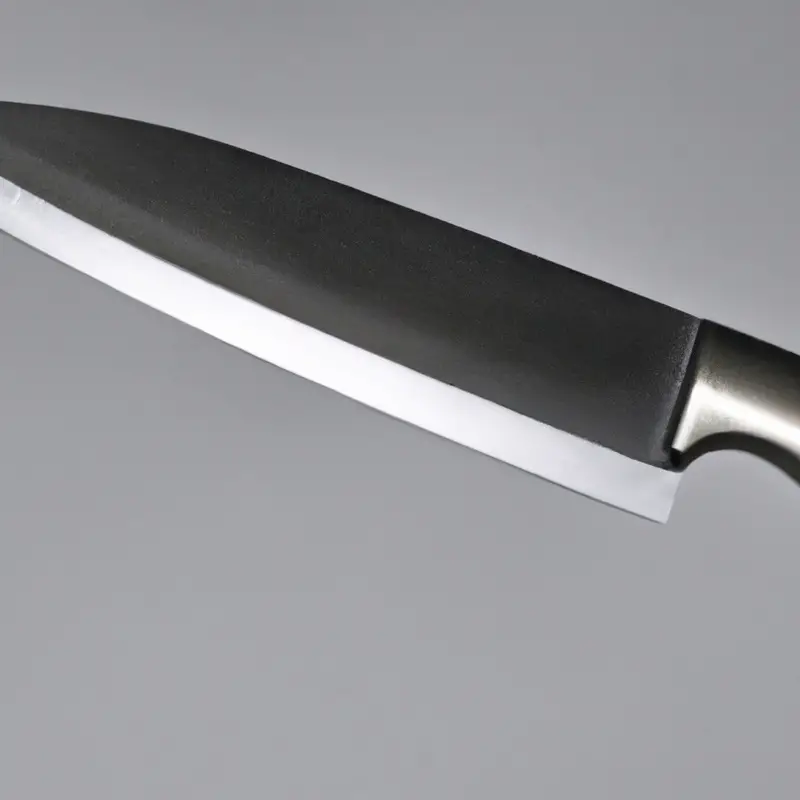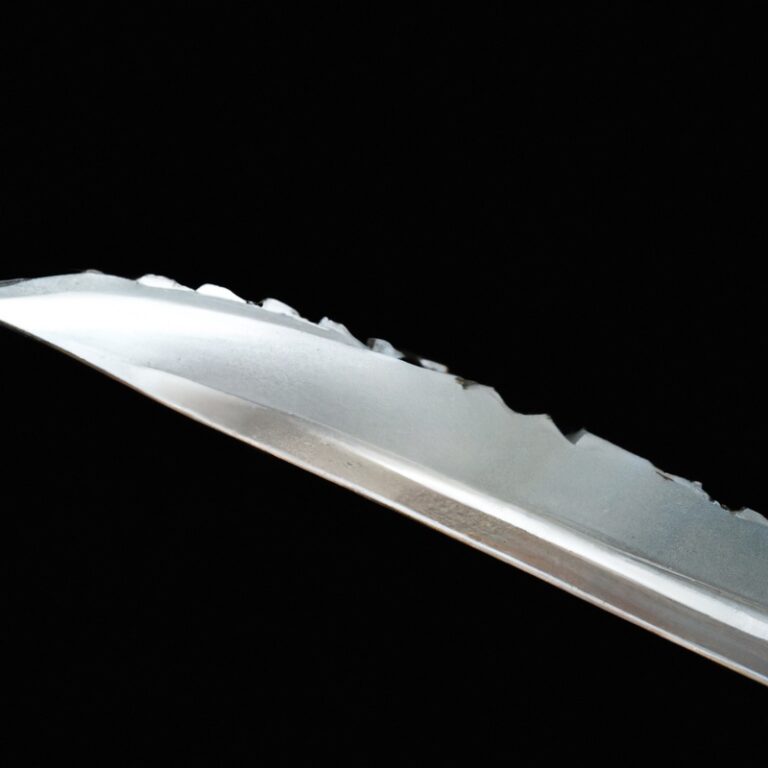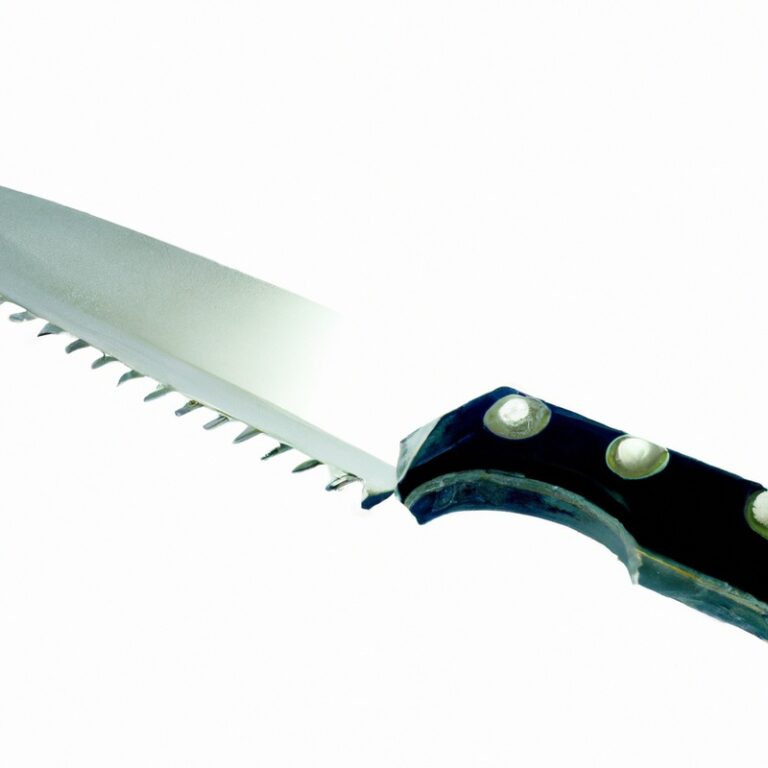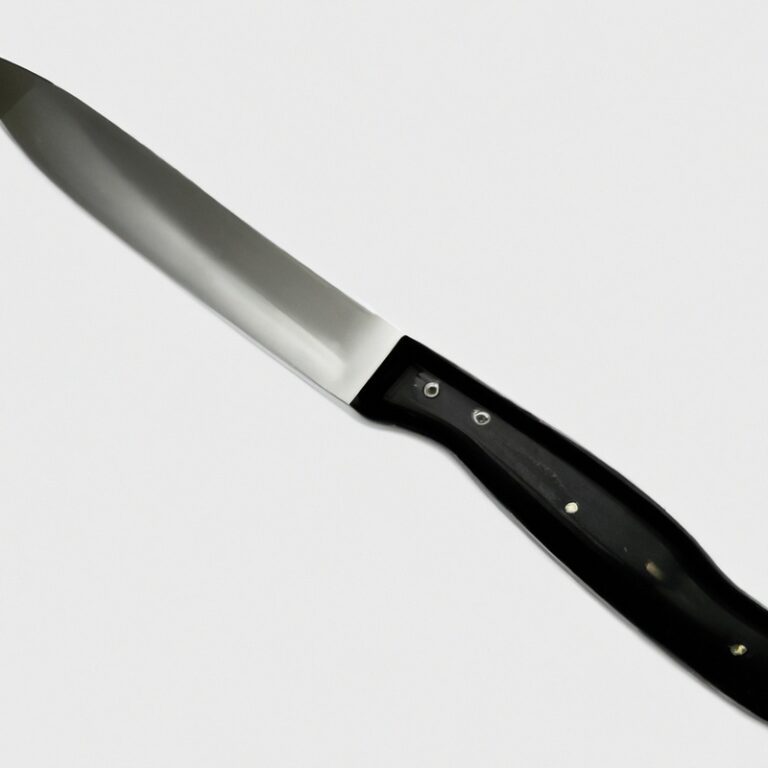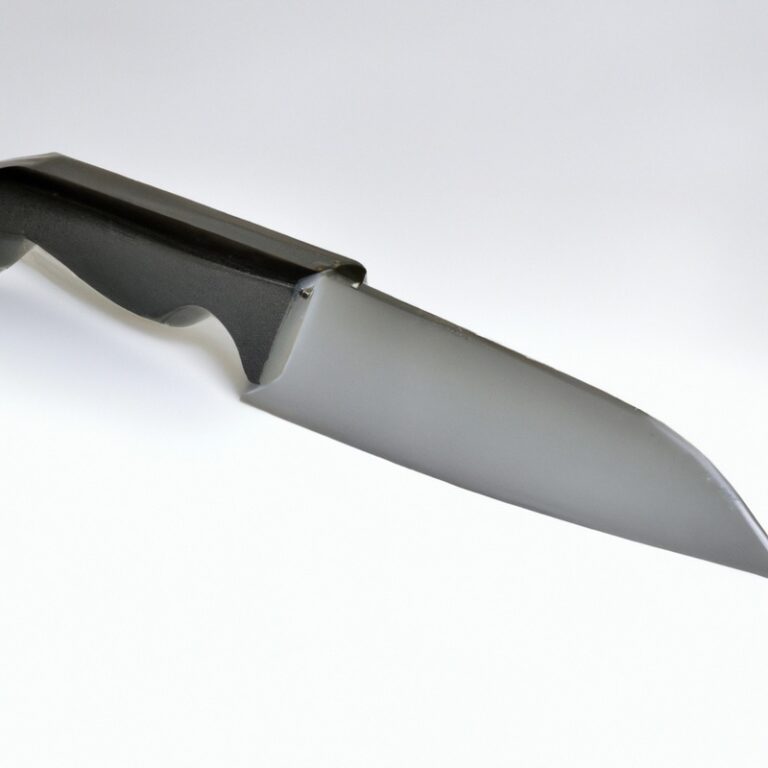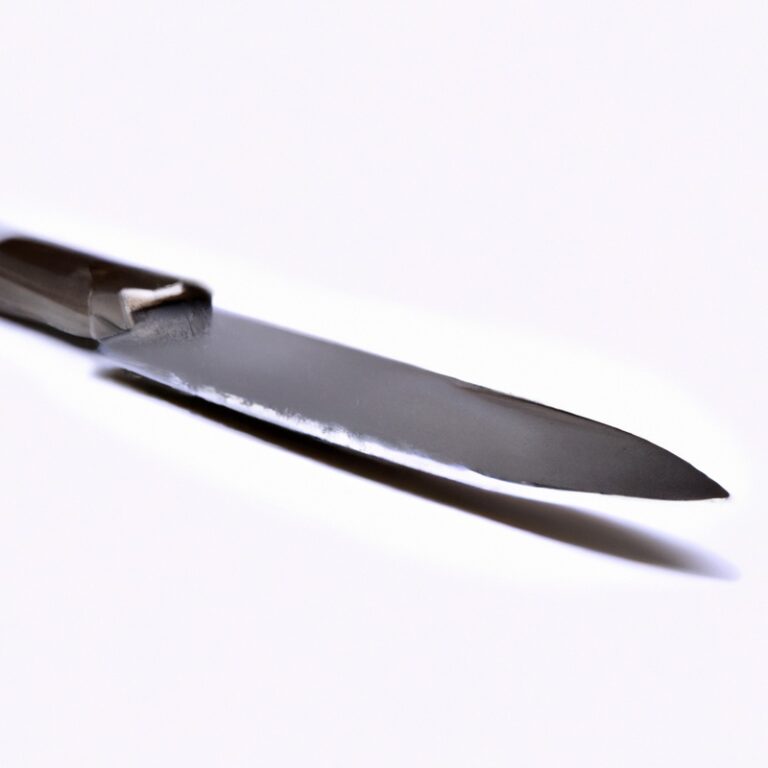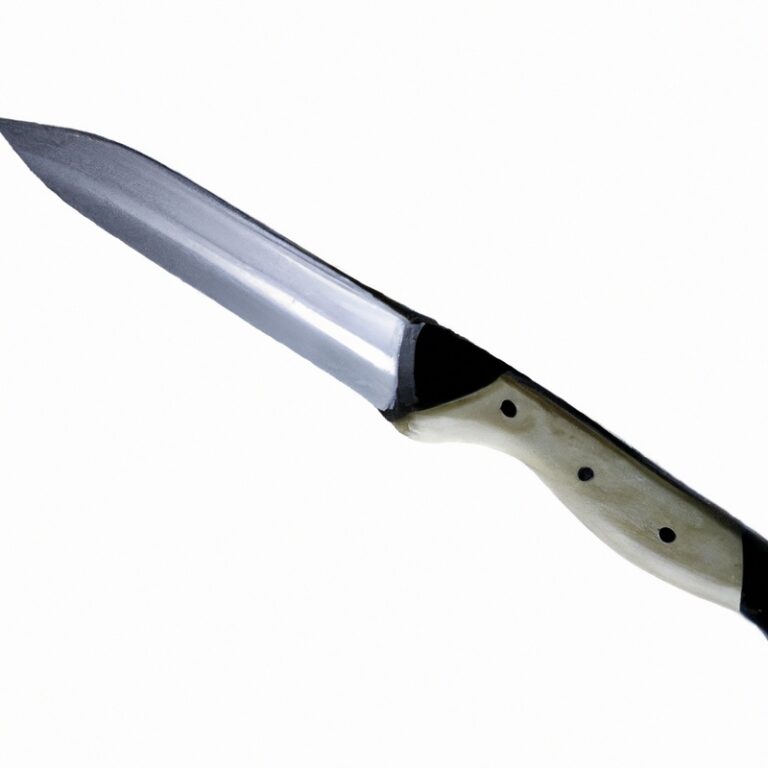What Techniques Can I Use With a Serrated Knife To Create Decorative Cuts For Garnishing?
Key Takeaways:
- Serrated knives offer great versatility for creating decorative cuts, making them ideal for garnishing.
- Techniques like scalloping, sawtooth cuts, and wavy patterns can be easily achieved with a serrated knife.
- To enhance your garnishing skills, practice using serrated knives on soft and firm ingredients.
- Remember to maintain a steady grip and use gentle pressure while making decorative cuts with a serrated knife.
Are you tired of ordinary and plain-looking garnishes? Do you want to take your plating skills to new heights and create stunning and visually appealing dishes?
Look no further than your trusty serrated knife! In this article, I’ll share my expertise on the techniques you can use with a serrated knife to create decorative cuts for garnishing.
From wavy and zigzag cuts that add visual appeal to scalloping cuts for elegant designs, I’ll guide you through the various techniques that will make your dishes truly stand out. Plus, I’ll also provide some useful tips on effectively using a serrated knife and share popular garnishes you can create with it.
Get ready to unleash your creativity and elevate your culinary presentation!
| Technique | Description |
|---|---|
| Scalloping | Make decorative wavy cuts by gently moving the serrated knife back and forth while cutting. Great for garnishing fruits and vegetables. |
| Zigzagging | Create a zigzag pattern by angling the knife and making diagonal cuts. Gives an interesting look to various garnishes like cucumbers or carrots. |
| Fluting | Make decorative ribbons by running the serrated knife along the item’s surface while applying light pressure. Works well with citrus peels or chocolate curls. |
| Ribboning | Hold the item firmly and make long, thin strips by running the serrated knife lengthwise. Ideal for garnishing desserts or salads. |
| Sawtooth-edge Cuts | With gentle sawing motions, create small pointy cuts along the edge of the item for a textured look. Suitable for garnishing melons or tomatoes. |
Techniques for creating decorative cuts with a serrated knife
Technique 1: Wavy or zigzag cuts for added visual appeal
Creating wavy or zigzag cuts with a serrated knife is a simple and effective way to add visual appeal to your garnishes. To achieve this technique, gently move the knife in a back-and-forth motion while cutting through the ingredient.
The serrated edge creates a beautiful, textured pattern that can elevate the presentation of your dishes.
This technique works well with fruits, vegetables, and even certain cakes or pastries. Experiment with different angles and depths to find the perfect wavy or zigzag pattern that suits your garnish.
Technique 2: Scalloping cuts for elegant and intricate designs
Scalloping cuts with a serrated knife can add an elegant and intricate touch to your garnishes. To create scalloped edges, simply make a series of small, curved cuts along the surface of fruits, vegetables, or other ingredients.
Start by placing the knife blade at a slight angle and apply gentle pressure as you move it back and forth in a curved motion.
Repeat these cuts in a repeating pattern to achieve a scalloped design. This technique works beautifully on cucumbers, zucchinis, radishes, and even citrus fruits like oranges or lemons.
Get creative and have fun experimenting with different shapes and sizes!
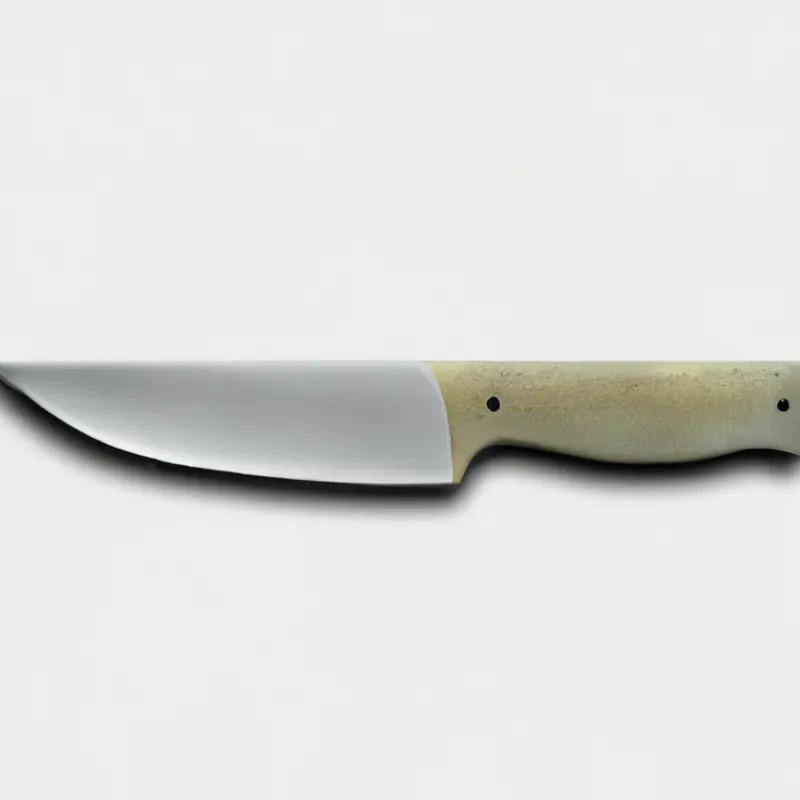
Technique 3: Chiffonade cuts for delicate garnishes
Chiffonade cuts are a great technique for creating delicate garnishes using a serrated knife. To achieve chiffonade cuts, follow these steps:
- Start with fresh herbs or leafy greens like basil, mint, or spinach.
- Stack the leaves on top of each other, aligning them as best as possible.
- Roll the stacked leaves tightly into a cylinder shape.
- Hold the rolled leaves firmly and make thin, even slices across the roll.
- Unroll the sliced leaves gently, and you’ll have beautiful, thin ribbons perfect for adding a touch of elegance to your dishes.
Chiffonade cuts are excellent for garnishing salads, soups, or even adding a finishing touch to main dishes. They not only enhance the visual appeal but also provide a burst of flavor and freshness.
Give it a try and impress your guests with these delicate garnishes!
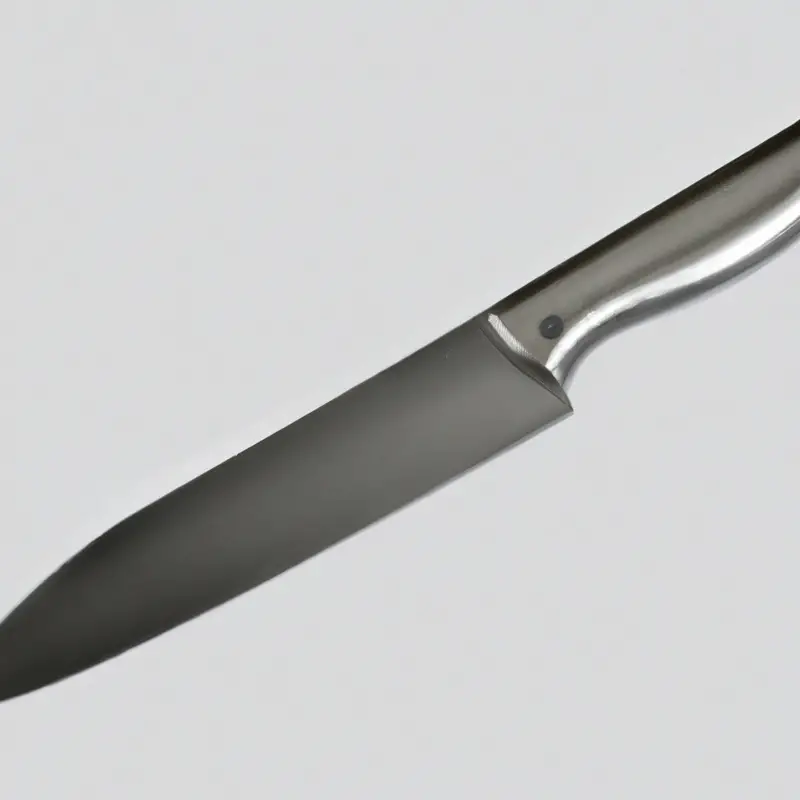
Technique 4: V-cuts for creating texture and dimension
V-cuts are a great technique for adding texture and dimension to your garnishes. To create a V-cut, simply angle the serrated knife and make diagonal cuts into the fruit or vegetable.
The depth and spacing of the cuts can vary to achieve different effects.
This technique works well for creating decorative patterns on cucumbers, zucchinis, and even melons. The V-cut adds visual interest and can make your garnishes stand out.
So, give it a try and have fun experimenting with different angles and designs!
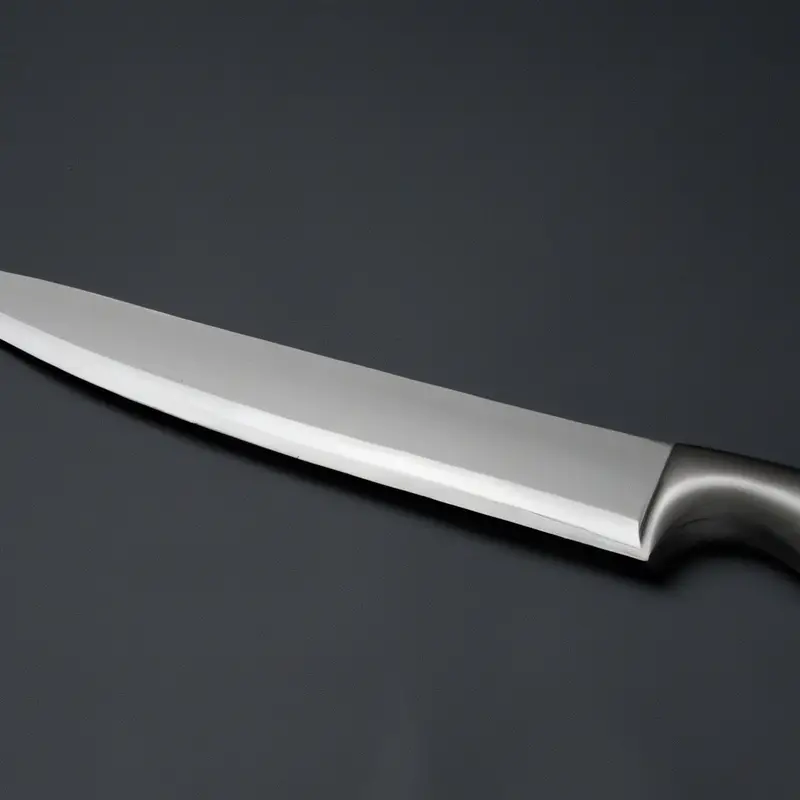
Technique 5: Fluted cuts for a decorative touch
Fluted cuts are a great way to add a decorative touch to your garnishes. To create fluted cuts, you can use a serrated knife to make shallow, wavy lines along the surface of fruits, vegetables, or other ingredients.
This technique adds a beautiful texture and visual interest to your dishes, making them look more professional and appealing.
Fluted cuts work well on items like cucumbers, zucchini, lemons, and even cheese. They are simple to create, but they can make a big difference in the overall presentation of your culinary creations.
So go ahead and give fluted cuts a try to elevate your garnishing skills!
Technique 6: Hollowed cuts for stuffing or filling garnishes
Hollowed cuts are a fantastic technique for creating garnishes that can be stuffed or filled with delicious ingredients. The process involves carving out a cavity in fruits, vegetables, or other edible items to create a space for fillings.
Here’s a simple way to create hollowed cuts:
- Select a firm fruit or vegetable like a tomato or cucumber.
- Choose a serrated knife for better control and precision.
- Carefully slice off the top portion of the item.
- Gently remove the seeds and flesh from the interior, creating a hollow space.
- Fill the hollowed cut with ingredients like cream cheese, herbs, or diced vegetables.
- Replace the top portion or create an accompanying lid for presentation.
Hollowed cuts can be a creative way to elevate your dish and surprise your guests with an unexpected burst of flavor. Just remember to take your time and work carefully to achieve clean and symmetrical cuts.
Tips for using a serrated knife effectively
Choosing the right serrated knife for garnishing
When it comes to choosing a serrated knife for garnishing, it’s important to consider a few key factors. Look for a knife with a sharp, serrated edge that will easily cut through your garnishes without crushing them.
Opt for a knife with a comfortable handle that provides a good grip and control.
Consider the size and length of the blade, as it should be suitable for the size of your garnishing tasks. And finally, make sure to choose a high-quality knife that is durable and easy to maintain.
Maintaining the sharpness and longevity of a serrated knife
To keep your serrated knife sharp and increase its lifespan, there are a few simple maintenance practices you can follow. First, avoid cutting on hard surfaces like glass or ceramic as it can damage the edge.
Instead, use a cutting board made of wood or plastic.
Second, hand wash the knife and dry it immediately to prevent rusting. Third, store the knife in a knife block or sheath to protect the blade.
And finally, consider getting your knife professionally sharpened when needed, as serrated blades require specialized sharpening techniques.
Proper grip and hand positioning for precise cuts
To achieve precise cuts with a serrated knife, it is important to have a proper grip and hand positioning.
- Hold the handle firmly: Grip the handle with all your fingers wrapped around it, ensuring a secure hold on the knife.
- Place your index finger: Rest the index finger along the top edge of the blade, acting as a guide and providing stability.
- Control the pressure: Apply gentle and consistent pressure throughout the cut, allowing the serrated teeth to do the work.
- Maintain a steady hand: Keep your hand steady and avoid excessive movement to ensure accurate and precise cuts.
Remember to practice and experiment with different grips to find what works best for you. With the right grip and hand positioning, you’ll be able to create beautifully garnished dishes with ease.
Taking safety precautions while working with a serrated knife
When using a serrated knife, it’s important to take certain safety precautions to prevent accidents or injuries. Here are some tips to keep in mind:
- Secure your cutting surface: Make sure your cutting board or surface is stable and won’t slip while you’re working. This will help prevent the knife from slipping as well.
- Use a firm grip: Hold the knife firmly with your dominant hand, using a strong grip on the handle. This will give you better control and reduce the risk of the knife slipping out of your hand.
- Watch your fingers: Keep your fingers away from the blade and avoid placing them in the path of the knife. Tuck your fingers in a claw-like grip to protect them while cutting.
- Cut away from your body: Always cut away from your body to reduce the chance of accidentally cutting yourself. This ensures that if the knife slips, it will not come towards you.
- Store the knife safely: When you’re finished using the serrated knife, store it in a designated knife block or sheath to prevent any accidental injuries while handling it.
Popular garnishes that can be created using a serrated knife
Citrus twists and curls for drinks and desserts
When it comes to garnishing drinks and desserts, citrus twists and curls can add a delightful touch. With a serrated knife, you can easily create these decorative garnishes.
To make a citrus twist, use the knife to carefully slice off a long strip of zest from the fruit.
Twist it gently to release the oils and then curl it around a skewer or the rim of a glass. For citrus curls, use the knife to carefully cut thin strips of zest and roll them into tight curls.
These vibrant garnishes will not only add visual appeal to your creations but also a burst of citrus flavor.
Carrot roses for adding visual appeal to salads and dishes
Carrot roses are a beautiful and creative way to enhance the visual appeal of salads and dishes. To make a carrot rose, start by peeling a carrot and cutting off the ends.
Use a serrated knife to carefully cut thin, lengthwise slices from the carrot.
Next, roll one slice tightly to create the center of the rose, and then wrap additional slices around it to form the petals. The serrated knife helps create the texture and definition needed for the rose shape.
Arrange the carrot roses on your salads or dishes for an eye-catching and elegant touch.
Pommes allumettes for elegant and thin potato garnishes
Pommes allumettes are a fantastic way to create elegant and thin potato garnishes. These delicate matchstick-style cuts add a touch of sophistication to any dish.
To create pommes allumettes, simply use a serrated knife to slice the potatoes into long, thin strips.
The serrated edge of the knife helps to achieve a precise and uniform cut, resulting in perfectly thin and crispy potato garnishes. These garnishes are great for topping salads, soups, or even as a delicious side dish.
So, grab your serrated knife and get ready to impress with some pommes allumettes!
Herb chiffonade for enhancing flavors and plating aesthetics
Herb chiffonade is a simple technique that can elevate the flavors and presentation of your dishes. To create a chiffonade, stack several herb leaves together, roll them tightly, and slice them thinly with a serrated knife.
The resulting thin ribbons of herbs add a burst of freshness and aroma to your dish.
They can be sprinkled over soups, salads, pasta, or roasted meats for an extra touch of flavor and visual appeal. Whether you’re a home cook or a professional chef, incorporating herb chiffonade into your recipes is a great way to enhance the overall taste and look of your dishes.
Final Verdict
Using a serrated knife for garnishing can elevate the visual appeal and aesthetic value of your dishes. By mastering various cutting techniques, such as wavy or zigzag cuts, scalloping cuts, chiffonade cuts, V-cuts, fluted cuts, and hollowed cuts, you can create intricate and decorative garnishes that will impress your guests.
Remember to choose the right serrated knife, maintain its sharpness, and practice proper grip and hand positioning for precise cuts.
With these tips and techniques, you can unlock the full potential of your serrated knife and take your garnishing skills to the next level.

